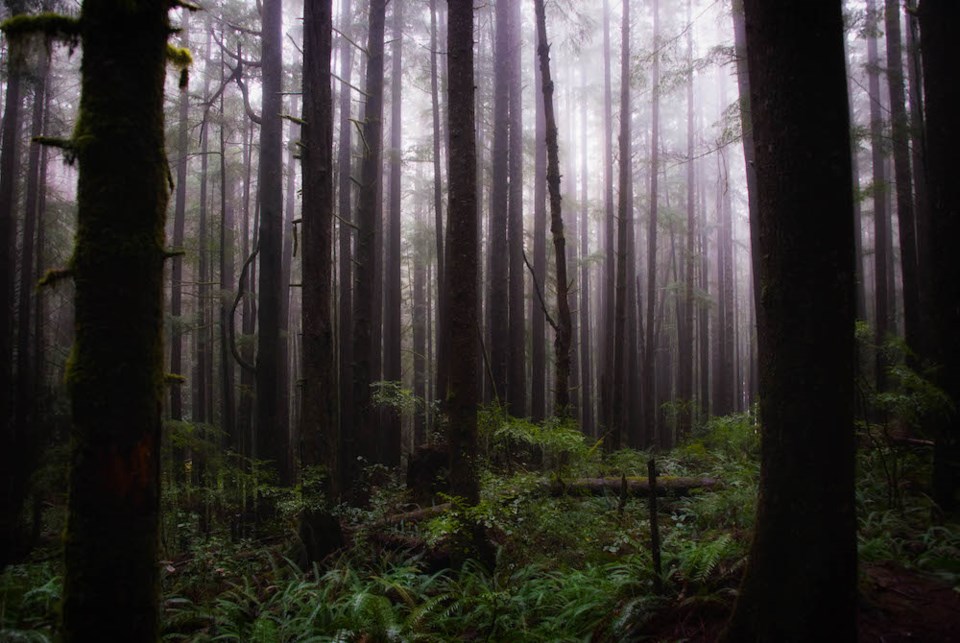For the past two months, five climate stations have been recording data hourly as part of the Chaster Creek Watershed Study. Already, the stations have demonstrated a wide variance in rainfall distribution across Gibsons.
The stations will provide data that shows the precipitation fluctuations of Gibsons – between elevations and between seasons, council heard at its special committee of the whole on July 25.
Before these stations, Gibsons had to rely on Sechelt and Langdale stations for precipitation data, a report from the town’s director of infrastructure, Trevor Rutley, stated.
The two months of data collection already show a difference in rainfall distribution: the highest elevated station, mid slope on Mt. Ephinstone, recorded 162 mm of rain, while the station lowest in elevation recorded 76 mm.
The complex atmospheric conditions of the Sunshine Coast cause stark differences in rainfall distribution between seasons, Rutley explained to the committee.
“In the winter you could get 20mm of rain at Sechelt and you get 180mm at [Chapman Lake]. And in the summer, often the rain that we received here, if we get 15 mm in Gibsons it's possible that there were trace amounts at the lake,” he said.
Coun. Christi Thompson asked how long data will need to be recorded before patterns can be understood.
Michelle Lewis, natural asset technician, did not have a direct answer, but explained that the beginning of data collection is like the beginning of a story, and it will take time to unfold. This project will provide key insight into Gibsons water distribution but it will take time for the data to build an image.
“When was the best time to plant a tree? 30 years ago, same thing with data collection,” Lewis said.
Jordan Copp is the Coast Reporter’s civic and Indigenous affairs reporter. This reporting beat is made possible by the Local Journalism Initiative.



